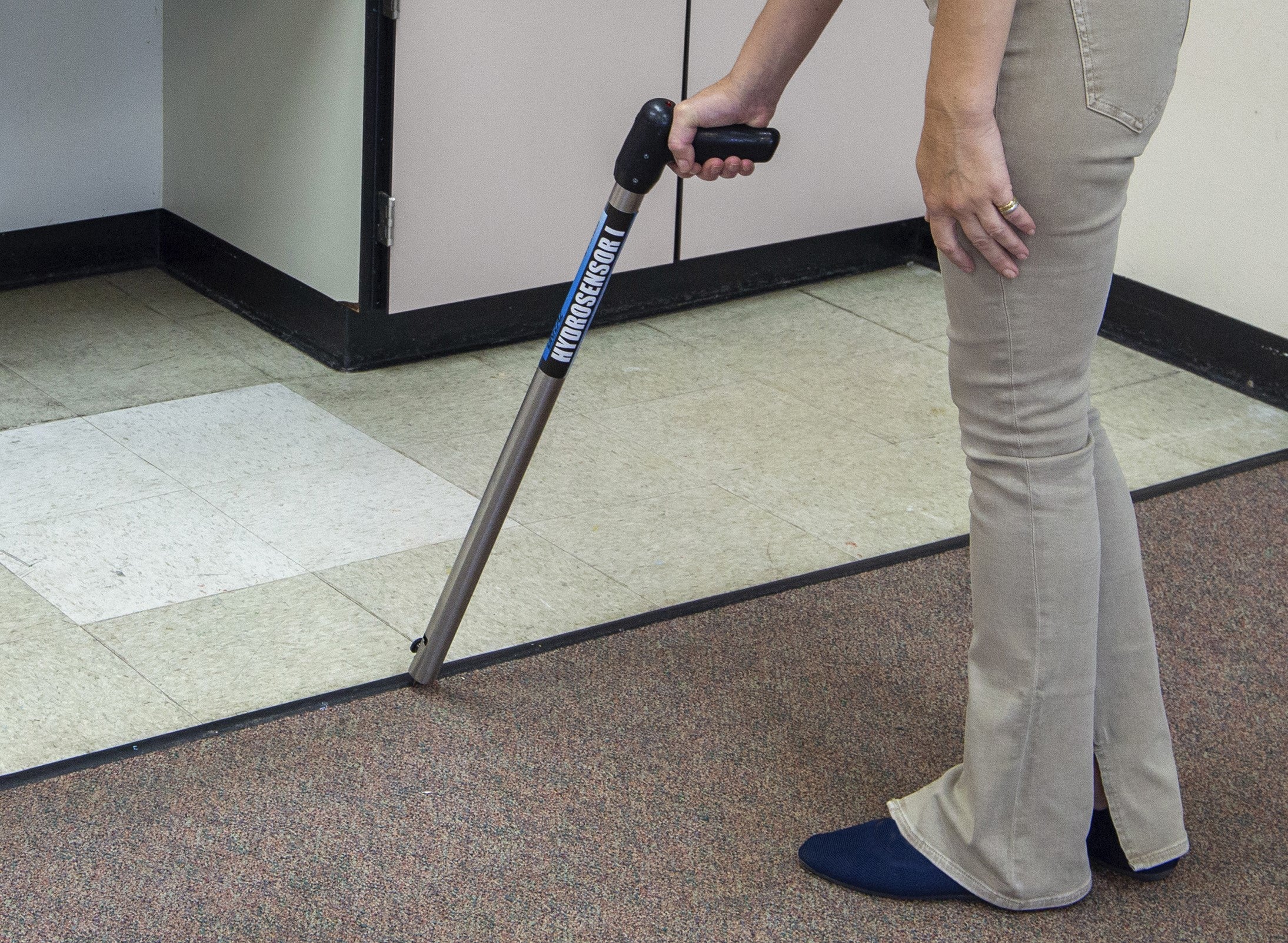By Pat Muller, Ready 2 Respond Trainer
Assessing the extent of water damage involves multiple variables, including types of building materials affected, size of the impacted area, and how long moisture has been present. It is crucial to evaluate damage and adjust drying strategy continuously – however, it does not have to be complicated.
To streamline the process, there are four questions that sum up the information that must be gathered and analyzed – called the four “knows” of drying in the water damage industry. When answered, they lead to an effective water damage response; if overlooked, the drying process could be compromised, risking mold growth and additional damage.
Q1: What is wet?
Find water in the affected area using moisture meters. Measure how far moisture has spread across floors and how high it has traveled up walls by taking readings throughout the impacted zone and comparing them to similar materials in unaffected areas. You can use painter’s tape to mark the edges of the affected area, tracking the initial boundary of “what is wet.”
Q2: How wet is it?
After stopping the source, extracting, and placing drying equipment, you should record initial moisture readings from wet materials. Document moisture content readings from affected carpets and flooring, walls, and other textiles so that you can ensure numbers are decreasing throughout the process.
Q3: Is it drying?
A favorable change in conditions – moisture content readings decreasing – signifies drying progress. The change in moisture levels over time is much more important than the current amount of moisture present. Check readings and evaluate progress at least once during each 24-hour period and increase or decrease the quantity of airmovers and dehumidifiers as needed. Daily check-ins ensure equipment stays plugged in and functioning properly, minimize additional water damage, and reduce downtime.
Q3: Is it done?
Refer back to the initial moisture readings from unaffected materials and compare them to current readings. Drying is complete when the affected materials – floors, walls, textiles – reach the same moisture levels as those initial readings from a nearby “dry” area. Because different materials have varying “normal” moisture levels – also called a dry standard – it is essential to take the initial readings from similar materials in nearby, unaffected areas.
Data gathering and continuous assessment are essential for successfully returning a space to its pre-water loss, dry condition – and getting back to business as quickly as possible. Ready 2 Respond™ training can help ensure your facilities team is asking all the right questions and know how to track progress and ensure effectiveness.


Share:
Why Mold Grows – and How to Prevent It
The Many Benefits of Facilities Team Training